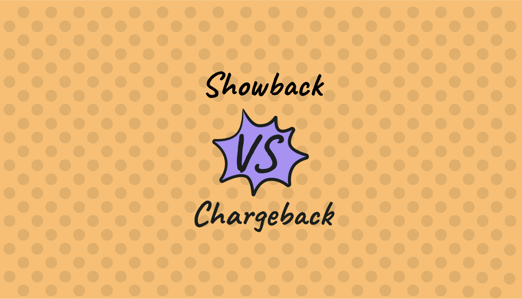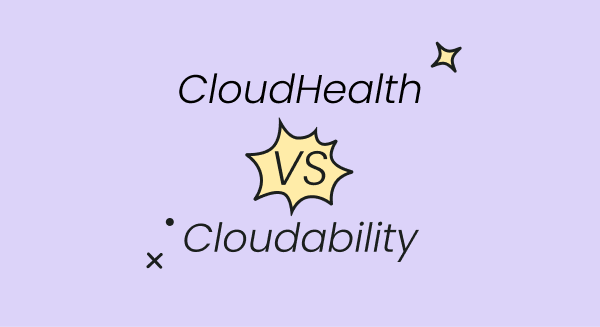
Cloud cost allocation is one of the most fundamental and essential steps in implementing FinOps. It involves assigning cloud expenses to the appropriate teams, projects, or business units, ensuring that costs are visible and accountable. Proper cost allocation is critical for financial transparency and enables organizations to make informed decisions about their cloud spending.
Among the various methods used for cloud cost allocation, tagging, showback, and chargeback are the most common. Accurately allocating cloud spend across an organization’s diverse infrastructure can be particularly challenging, especially when trying to ensure that each department or business unit is not only aware of their usage but also accountable for it. This is where showback and chargeback come into play. Both methods help organizations allocate costs effectively, enabling business units to understand their cloud spend and make informed decisions. While they serve similar purposes, the choice between showback and chargeback depends on the level of financial accountability and cost control required by the organization.
This blog will explore the fundamentals of showback and chargeback, and highlight the key differences between them. Read on to explore the details.
IT Showback: What it is, Pros and Cons
IT Showback is a method of cloud cost allocation where the costs incurred by different business units or departments are tracked and reported, but not directly billed to them. Instead, the costs are made visible through regular reporting, allowing each department to see its cloud usage and associated costs. For example, if ClientA’s production unit used $5,000 worth of cloud resources in a month, they would receive a report showing this amount. While they see the cost, it doesn’t directly impact their budget, but it helps them understand their cloud spending. This practice aligns with the core principles of FinOps—an operational framework and cultural practice designed to maximize the business value of cloud by enabling timely, data-driven decision-making and creating financial accountability through collaboration between engineering, finance, and business teams. Getting this right is crucial for practicing FinOps effectively.
This transparency encourages teams to be mindful of their spending without the direct financial responsibility that comes with chargeback. Showback is often used as a preliminary step towards implementing chargeback, helping organizations gradually introduce financial accountability.
Pros of Showback
- Showback provides clear visibility into cloud spending, enabling teams to see their usage patterns and costs without the pressure of direct billing.
- By making costs transparent, showback helps departments become more aware of their cloud consumption and encourages more responsible usage.
- With detailed reports on cloud spending, teams can better plan and forecast their budgets, leading to more informed financial decisions.
- It can be implemented with minimal resistance from teams, making it a smoother transition towards more formal cost management practices.
Cons of Showback
- Showback provides visibility into cloud spending, but without direct billing or financial consequences, departments may lack the incentive to actively reduce costs or optimize their cloud usage.
IT Chargeback: What it is, Pros and Cons
IT Chargeback is a cloud cost allocation method where the costs incurred by different business units or departments are directly billed to them based on their actual usage. Unlike showback, chargeback assigns financial responsibility to each department, requiring them to pay for the resources they consume. For example, with chargeback, if ClientA’s production unit uses $5,000 worth of cloud resources in a month, that amount would be deducted from their budget, unlike showback where they would see it in a report but not be billed directly.
This method ensures that cloud spending is directly tied to the budgets of the departments, promoting financial accountability. Chargeback is often used in organizations where strict budget control is necessary, aligning cloud costs with departmental financial planning.
Pros of Chargeback
- Enhances Financial Accountability: Chargeback ensures that departments are directly responsible for their cloud spending, fostering a culture of financial accountability.
- Encourages Cost Optimization: By directly linking costs to departmental budgets, chargeback incentivizes teams to optimize their resource usage and avoid unnecessary cloud waste.
- Improves Budget Accuracy: Chargeback aligns cloud costs with actual usage, providing departments with precise financial data that supports more accurate budgeting and forecasting.
Cons of Chargeback
- Increases administrative overhead due to the complexity of tracking and billing processes.
- Can lead to interdepartmental conflict, especially if there are discrepancies in cost allocation.
- May face resistance from teams due to the financial pressure it imposes.
- Risk of overemphasizing cost-cutting, potentially at the expense of innovation.
Showback vs Chargeback: What are the Differences?
|
Basis |
Showback |
Chargeback |
|
Financial Responsibility |
Costs are reported but not billed directly to the departments. |
Costs are directly billed to the departments, affecting their budgets. |
|
Cost Control |
Encourages cost awareness but doesn’t enforce direct financial accountability. |
Enforces cost control by making departments financially accountable. |
|
Complexity of Implementation |
Easier to implement with less administrative overhead. |
More complex to implement, requiring detailed tracking and billing processes. |
|
Impact on Collaboration |
Fosters collaboration as no financial burden is imposed. |
May lead to less collaboration due to the financial responsibility imposed. |
|
Behavioral Change |
Less effective in driving cost-saving behavior. |
Stronger incentive for departments to optimize and reduce costs. |
Showback vs Chargeback: Which One Is Better for Cloud Cost Allocation?
The choice between showback and chargeback for cloud cost allocation depends largely on the specific needs and goals of your organization. Each method has its strengths, and the best fit will vary based on how you intend to manage and optimize cloud costs.
For instance, if your organization is in the early stages of cloud adoption and wants to build cost awareness without imposing financial pressure, showback may be the better option. It allows departments to understand their cloud usage and costs without directly affecting their budgets, making it ideal for organizations that prioritize collaboration and gradual cultural change.
On the other hand, if your organization operates in a cost-sensitive environment where strict budget control is necessary, chargeback might be the preferred choice. It enforces financial accountability by directly billing departments for their cloud usage, which can drive more responsible spending and cost optimization efforts. This approach is well-suited for enterprises with mature FinOps practices that require precise budget management.
Ultimately, neither method is universally better; the decision should be based on your organization’s specific requirements, maturity in cloud cost management, and overall strategic goals.
How Can Finout Help You With Showback and Chargeback?
Finout empowers FinOps teams to streamline showback and chargeback processes through a comprehensive suite of tools. By accurately allocating and visualizing cloud and SaaS costs across teams and projects, Finout enables precise internal cost calculations with customizable pricing models. The platform generates automated reports, providing real-time cost data and granular unit economics for informed decision-making. Its integration capabilities centralize cost data from various providers, while anomaly detection and forecasting features ensure accuracy and support future planning.
A key strength of Finout lies in its advanced cost allocation features, including Virtual Tagging and Shared Cost Reallocation. This allows organizations to fairly distribute shared resources and overhead costs among different departments or projects. Furthermore, Finout's sophisticated chargeback capabilities extend to reserved instances and savings plans, enabling teams to accurately attribute these cost-saving measures to specific units or departments. This granular approach ensures that the benefits of long-term commitments and discounts are properly reflected in internal pricing, promoting more accurate financial reporting and encouraging cost-optimized behavior across the organization.








